Well many people have asked me this over the past year. So i decided to put down a post here on the blog that I could refer them to.
What is exif data?
Exchangeable image file format (exif) is information contained in a image file. The data is created when you take an image with your camera. The camera stores the following information with the file.
# Camera Make = Canon
# Camera Model = Canon EOS-1Ds Mark III
# Lens = EF24-70 f/2.8L USM
# Picture Orientation = normal (1)
# X-Resolution = 3000000/10000 = 300
# Y-Resolution = 3000000/10000 = 300
# X/Y-Resolution Unit = inch (2)
# Software/Firmware Version = Adobe Photoshop CS3 Windows
# Last Modified Date/Time = 2008:08:25 20:28:26
# Artist = Set by user
# Copyright Owner = Set by user
# Exposure Time (1 / Shutter Speed) = 1/50 second = 0.02 second
# Lens F-Number/F-Stop = 4/1 = F4
# Exposure Program = manual control (1)
# ISO Speed Ratings = 800
# Exif Version = 0221
# Original Date/Time = 2008:07:02 19:42:56
# Digitization Date/Time = 2008:07:02 19:42:56
# Shutter Speed Value (APEX) = 5643856/1000000 Shutter Speed (Exposure Time) = 1/50 second
# Aperture Value (APEX) = 4/1 Aperture = F4
# Exposure Bias (EV) = 0/1 = 0
# Max Aperture Value (APEX) = 3/1 = 3 Max Aperture = F2.83
# Metering Mode = pattern / multi-segment (5)
# Flash = Flash did not fire, compulsory flash mode
# Focal Length = 60/1 mm = 60 mm
# Original Subsecond Time = 00
# Digitized Subsecond Time = 00
# Colour Space = sRGB (1)
# Image Width = 512 pixels
# Image Height = 800 pixels
# Focal Plane X-Resolution = 5616000/1419 = 3957.72
# Focal Plane Y-Resolution = 3744000/945 = 3961.9
# Focal Plane X/Y-Resolution Unit = inch (2)
# Custom Rendered = normal process (0)
# Exposure Mode = manual exposure (1)
# White Balance = manual (1)
# Scene Capture Type = standard (0)
And a thumbnail of the file. This thumbnail is used to display the picture on the camera lcd and many image editing tools uses it for a preview.
This is what we call exif data/information. Not all of this is very usefull but if you are a photographer some of it really is. I bet you have looked at a image and thought how did they do that more than once. Well exif data can tell you the technical part of it.
What I usually look at in exif is information on how the camera was set when the shot was taken.
If we look at the above I find these lines interesting:
# Camera Make = Canon
# Camera Model = Canon EOS-1Ds Mark III
# Lens = EF24-70 f/2.8L USM
# Focal Length = 60/1 mm = 60 mm
# Exposure Time (1 / Shutter Speed) = 1/50 second = 0.02 second
# Lens F-Number/F-Stop = 4/1 = F4
# ISO Speed Ratings = 800
# Exposure Program = manual control (1)
# Metering Mode = pattern / multi-segment (5)
# White Balance = manual (1)
This information tells me what camera was used, what lens and at what focal length. What was the shutter speed, f-stop and iso. Did the photographer use manual or an auto mode, was the white balance manual auto or a preset. All in all I get a lot of information on how this image was created.
Why Should I care?
Well you should care because this can help you to see how a photograph is taken and become a better photographer. You can learn from others and see what they did and go back and check your own shots. Back in the film days you would bring a notepad with you and put down the shot number and information. When you got your film back you could then compare information and result.
So exif is information that can help you become a better photographer.
Ok I care but how do I use this?
Well first of all you need a camera that saves exif data. If you have a digital camera this is almost surely done because just about every camera out there saves exif data. This takes care of creating exif data on your files.
Then you just need to have a look at them, and maybe also a easy way to look at exif data from others on the web. Well their are many ways to view exif data some are easier than others.
Exif in your web browser
I always use Firefox since I find it to be simply the best browser out there. If you have not given it a shot go a head you might be surprised. When using Firefox you have loads and loads of plugins that can enhance your browsing experience. To view exif data from image online do a search for a plugin called “Exif Viewer” or “Fxif”. With this plugin installed it’s as simple as right clicking a image and selecting view exif.
I don’t have any experience with Internet Explorer and I advice you to give Firefox a try if your not using it. If you want to stick with IE I am sure that a google search will do wonders for finding a solution.
Where do I see exif data?
Well loads of programs can show you exif data. I have taken a few screenshots to show you the exif data in different programs.
Don’t lose your data!
I know must of us use photoshop or some other program to edit your pictures. When you do this be carefull not to lose your exif data. I use photoshop so I will tell you abit about that, if you use another program try doing a web search if you lose your exif data.
Almost all the people that asks me why they lose their exif data in photoshop uses save for web. I have NO idea why Adobe strips the exif data when you use this function. So make sure that you don’t use save for web. Convert the color space (you need srgb for web use) and use save as instead.
Also make sure that you crop your images and not copy a part of them to a new file. It’s easier and you don’t lose your data.

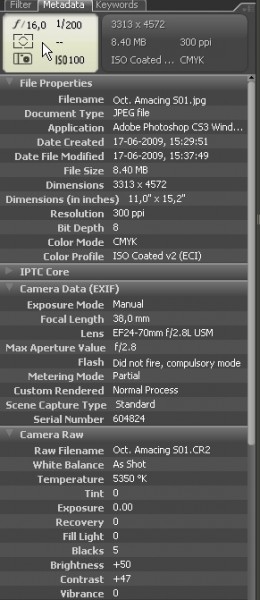
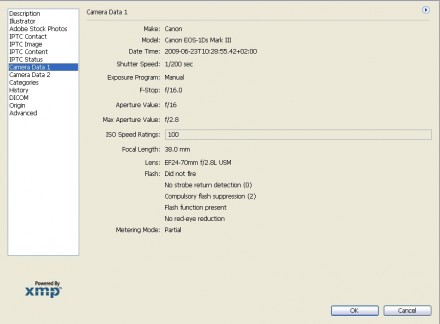
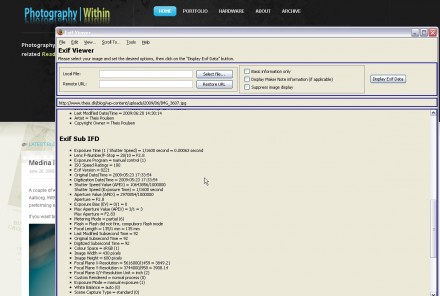
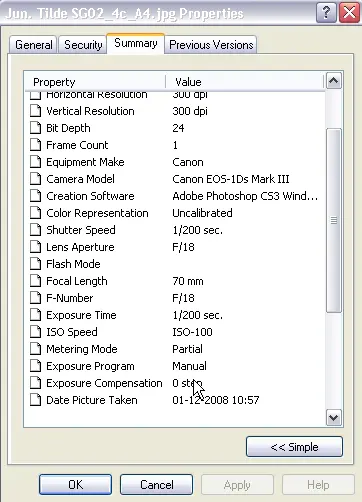


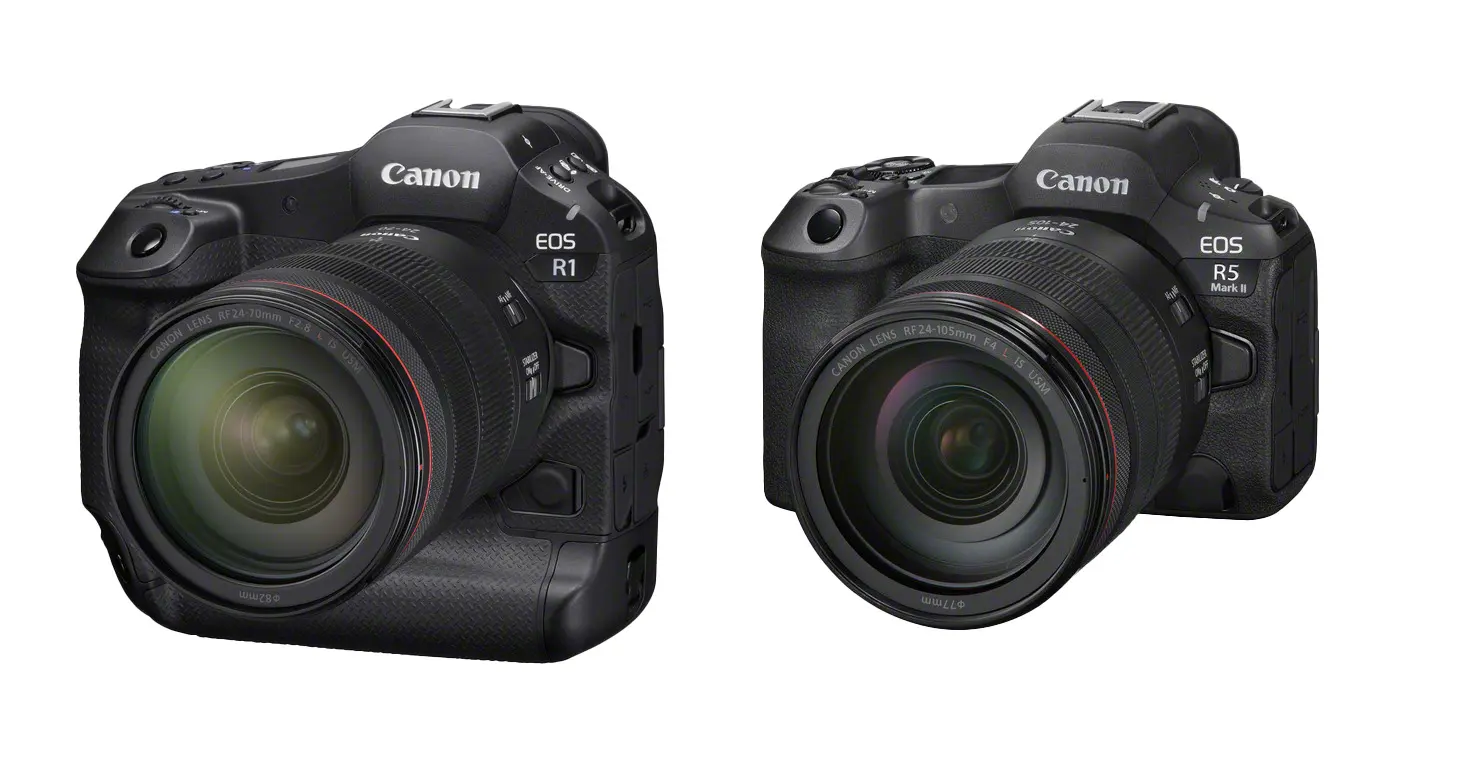

Læg en kommentar